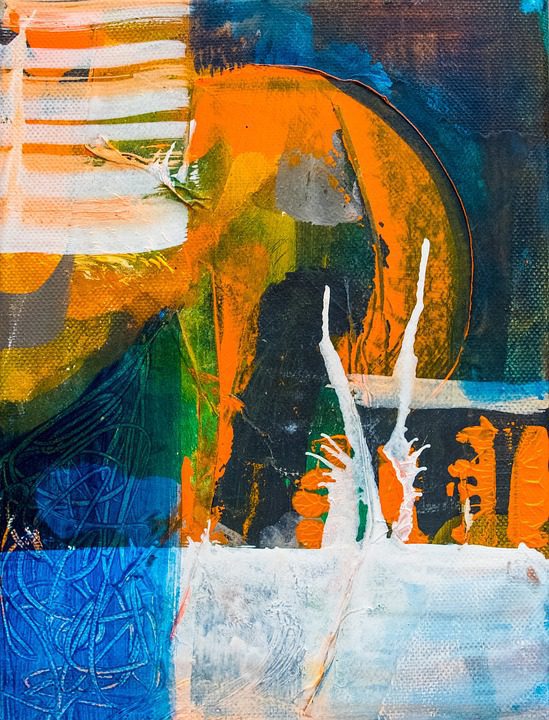Still life paintings are a timeless and beautiful art form that have been popular for centuries. While still life paintings can be a great way to practice and showcase your painting skills, they can also be a challenging task to master. If you are already comfortable with painting still life compositions and are looking to take your work to the next level, here are some advanced tips and tricks to help elevate your still life paintings.
1. Experiment with different lighting: Lighting is crucial in still life paintings as it can dramatically affect the mood and atmosphere of your composition. Try setting up your still life in different lighting conditions such as natural light, artificial light, or a combination of both. Pay attention to how shadows and highlights are cast on your subject and use them to create depth and contrast in your painting.
2. Focus on composition: Instead of simply painting what you see in front of you, try experimenting with different compositions and arrangements of your still life objects. Play around with different perspectives, angles, and viewpoints to create dynamic and visually interesting compositions. Consider using the rule of thirds or other composition techniques to guide the viewer’s eye through your painting.
3. Add a personal touch: Don’t be afraid to inject your own personality and style into your still life paintings. Experiment with different color palettes, brush strokes, and textures to create a unique and expressive piece of art. Consider incorporating elements of abstraction or symbolism in your painting to add depth and meaning to your composition.
4. Use a limited color palette: Instead of using a wide range of colors, try restricting yourself to a limited color palette. This can help create a cohesive and harmonious painting while also challenging you to be more creative with your color choices. Experiment with mixing colors to create different shades and tones that can add depth and interest to your painting.
5. Pay attention to details: Take the time to carefully observe and capture the details of your still life objects. Pay attention to the textures, patterns, and reflections in your subject and use them to add realism and dimension to your painting. Consider using different brush sizes and techniques to capture these details accurately.
6. Experiment with different mediums: While oil and acrylic paints are commonly used for still life paintings, don’t be afraid to experiment with different mediums such as watercolor, pastels, or mixed media. Each medium has its own unique qualities and characteristics that can add a new dimension to your painting. Don’t be afraid to mix and match mediums to create a truly original and engaging still life composition.
By incorporating these advanced tips and tricks into your still life paintings, you can elevate your work to new levels of creativity and expression. Experiment with different lighting, compositions, colors, details, mediums, and techniques to create unique and captivating still life paintings that showcase your skills as an artist. Enjoy the process of experimenting and pushing yourself out of your comfort zone to create truly stunning works of art.




